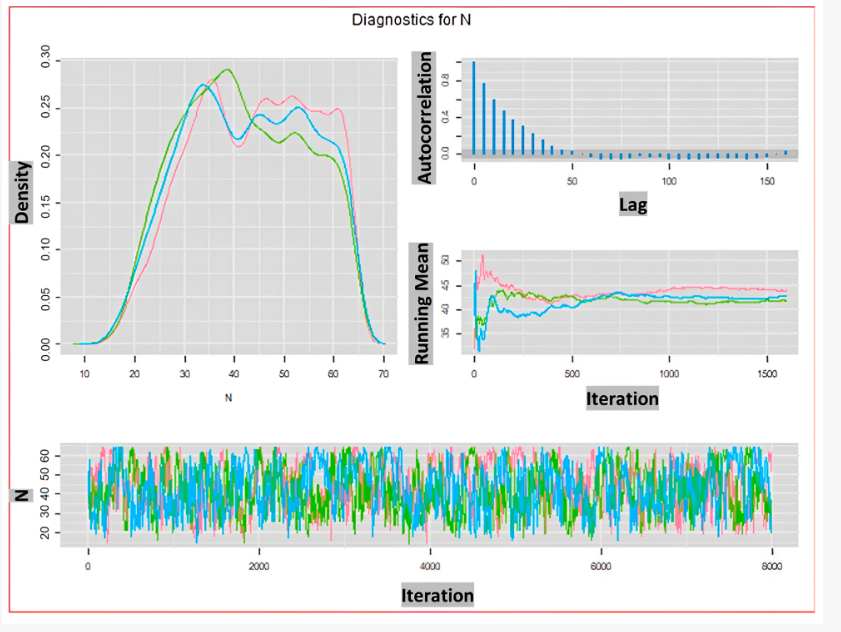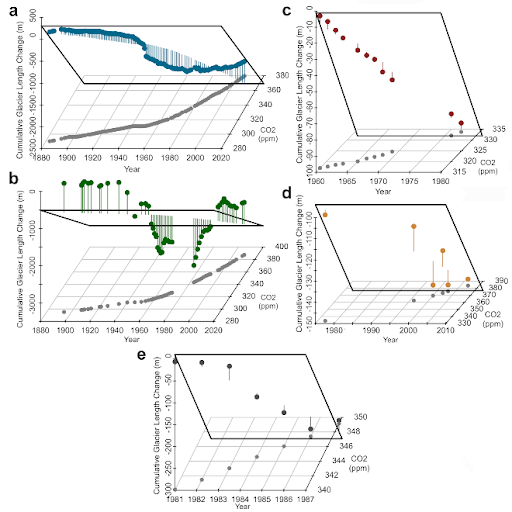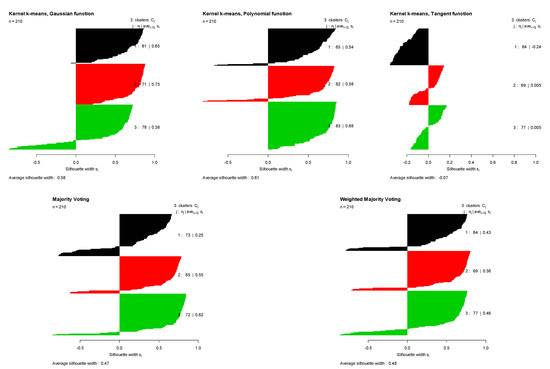Nezamoddin N. Kachouie, Ph.D
Professor
Mathematics and Systems Engineering
College of Engineering and Science

Professor
Mathematics and Systems Engineering
College of Engineering and Science


I am a Professor in the Department of Mathematical Sciences at Florida Institute of Technology. With degrees in Electrical & Computer Engineering and Systems Design Engineering, I spent four years at Harvard Medical School and Harvard School of Public Health to work in multidisciplinary research environments where I gained successful experience to address interdisciplinary problems in engineering, medicine, and biology. My research interest lies at the interface of statistical modeling, artificial intelligence, machine learning, pattern recognition, digital signal and image processing, biostatistics, and computer vision with applications to climate change, cancer research, and public health. I have more than 100 peer reviewed journal and conference publications. I served as mentor and adviser for undergraduate and graduate students at Harvard and Florida Tech and have been working with undergraduate and graduate students since joining Florida Tech in 2012. More than 50 undergraduate students have performed research under my supervision and presented their work in annual Northrop Grumman Showcase. I helped with Florida Tech’s Biomath REU site as mentor from 2015 to 2017 & I was the PI (Principal Investigator) of the Florida Tech’s REU site in Statistical Models with Applications to Geoscience from 2020 to 2024. Nine (9) of my PhD students have successfully completed their dissertation, graduated, and are working in academia. Currently I have three Postdocs, seven PhD, one Masters, and three Undergraduate students who are conducting research under my supervision.
Education
Experience
Research
This course describes how to make predictions or inference regarding the problem at hand using available data. It presents algorithms, techniques, and applications of machine learning mainly through regression analysis at an advanced level. The main goal of machine learning is extracting and gaining useful information from data for prediction and inference. We study two main problem categories addressed in machine learning: 1. Classification, 2. Regression. The classification problem is to predict what class an instance of data belongs to, while regression problem is to predict a numeric value of a response variable. Classification deals with predicting the class label, which is a discrete value, whereas regression deals with predicting a continuous value for the response to a set of factors.
Learn MoreThis course will provide students with the principles of multivariate modeling, analysis of variance (anova), unsupervised learning, and their applications. It builds on the knowledge of regression modeling to gain a deep understanding of multivariate analysis. This course will focus on understanding statistical modeling concept, its various applications, and on interpreting and communicating the results of a multivariate modeling task. Emphasis will be placed on understanding the problem, identifying dependent and independent variables, use a multivariate model to explain the problem, estimate the model parameters, and apply the model for predication and inference. We use R, a multipurpose and comprehensive programming language that was first developed for statistical analysis.
Learn More1. Introduce probability theory including random variables, common probability distributions, joint probability distributions, covariance and correlation, and essential concepts of statistics including point estimators, confidence intervals, and hypothesis testing. 2. Learn and understand the connection between probability & amp; statistics and other fields. 3. Gain the ability to solve real-world problems using probability theory and statistical methods.
Learn MoreThis course presents techniques and basic results of probability and statistics at a rigorous level. It describes sampling techniques, measures of central tendency and dispersion, probabilistic models for and properties of random variables and vectors, common probability distributions, variance, expectation, correlation, covariance, confidence intervals, hypothesis testing, estimation theory, prediction for common parametric models, simple linear regression, an introduction to Bayesian analysis, and reliability.
Learn More
Glaciers are receding globally. Satellite imagery helps quantify these changes, as glaciers are vital freshwater sources and climate change indicators. Deep learning models can segment glacier boundaries but often require large, manually curated datasets. We propose a deep learning method to segment Landsat images of the Mount Cook/Aoraki massif, achieving 92% accuracy in identifying permanent ice and snow. This method offers potential for automated glacier monitoring.

Camera traps are crucial for wildlife monitoring. To ensure accurate population estimates, a minimum detection probability of 0.3 is needed. Camera grid design and animal home ranges influence camera coverage, directly affecting detection probability and overall monitoring success. Therefore, careful planning is essential to optimize camera trap deployment for effective wildlife studies.

Lung cancer is the second most diagnosed cancer and the leading cause of cancer-related deaths in the U.S. This research uses maximal information coefficient (MIC) to identify similarities between cancer and blood samples, focusing on high MIC score locations for clustering analysis. Results show that using a subset of high MIC locations improves clustering performance, especially in chromosomes linked to lung cancer.

A semi-automated approach for identifying the glacier terminus from Landsat images over time. IN this study, inflection points are detected along a glacier’s flow path through multispectral satellite imagery in order to identify candidate terminus locations. A gated tracking algorithm is then applied to identify the best candidate for the glacier terminus location through time.

Concerns about mountain glaciers retreating rapidly due to rising global temperatures are increasing. Assessing glacier retreat rates is crucial for understanding climate change impacts and water security. This research proposes a multivariate regression model to estimate glacier changes and predict glacier terminus locations over time based on climate factors. The model, applied to global glacier observations, can help monitor glacier systems.


Non-small cell lung cancer (NSCLC) is the first cause of cancer-related mortality for men and women in the United States. In spite of curative resection in early-stage, patient survival is not optimal and recurrence rate is high. Consequently, early detection and staging is essential to increase the patient’s survival.

Grouping the objects based on their similarities is an important common task in machine learning applications. Kernel k-means projects the elements to a higher dimensional feature space using a kernel function, and then groups them. Different kernel functions may not perform similarly in clustering of a data set and, in turn, choosing the right kernel for an application could be challenging.

Projections from the Intergovernmental Panel on Climate Change (IPCC) show the global mean sea level (GMSL) rise may increase to up to 1 m (1000 mm) by 2100. The primary cause of the sea level rise can be attributed to climate change through the thermal expansion of seawater and the recession of glaciers from melting. Because of the complexity of the climate and environmental systems, it is very difficult to accurately predict the increase in sea level.

Due to the increasing effects of global climate change, the incidence and associated cost of disasters such as hurricanes are increasing. Hence, it is vital to develop integrated datasets and technologies to support and improve disaster response and predictions.

The Living Docks restoration program was implemented in the Indian River Lagoon (IRL), Florida, with the goal of affixing oyster restoration mats to dock pilings to promote the growth of filter feeding benthic organisms which can help improve local water quality. This study investigates the presence of benthic organisms on eight Living Docks which were deployed throughout the central part of the IRL.

Methods of manual cell localization and outlining are so onerous that automated tracking methods would seem mandatory for handling huge image sequences, nevertheless manual tracking is, astonishingly, still widely practiced in areas such as cell biology which are outside the influence of most image processing research. The goal of our research is to address this gap by developing automated methods of cell tracking, localization, and segmentation.
Copyright © All rights reserved | Nezamoddini-Kachouie Nezamoddin - 2025